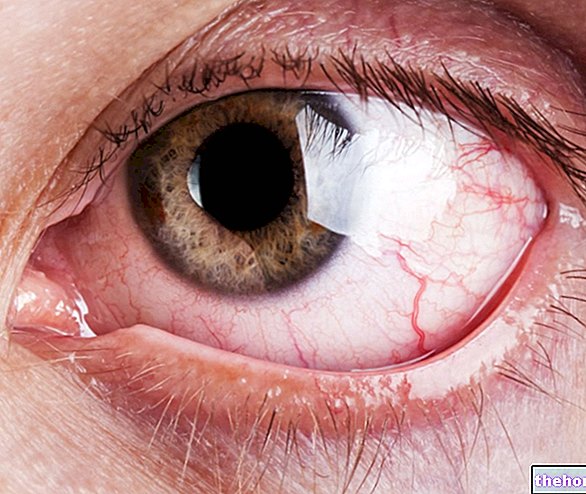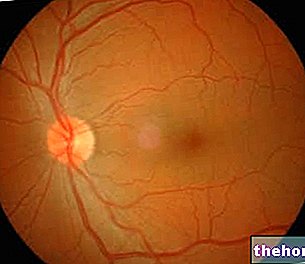Definition
Trachoma is one infectious disease afflicting the eyes, caused by Chlamydia trachomatis, a microorganism that is localized at the level of the conjunctiva causing an inflammatory process with chronic evolution.
This gram-negative bacterium determines the onset of the disease, which is transmitted through the direct contact with the infected person, in particular by contact with eyes, eyelids, nose, throat and ocular secretions. Transmission of the infection can also occur through contaminated objects (such as clothing, handkerchiefs, towels, etc.) or through vectors such as flies.
Bacterial infection is highly contagious and almost always affects both eyes.
The signs and symptoms of trachoma begin with mild itching and irritation of the eyes and eyelids, and can progress to corneal opacity (blurred vision), eye pain and - in the absence of adequate treatment - permanent blindness.
The causative agent of the disease (la Chlamydia trachomatis) is widespread globally, but is endemic (constantly present and frequent) in many poor areas of Asia, Africa, Central and South America, Australia and the Middle East. In fact, trachoma has a greater incidence in arid climates and in sandy regions, where it spreads also thanks to socio-economic under-development and poor hygienic conditions.
Spread of trachoma
- According to estimates by the World Health Organization (WHO), trachoma affects about 84 million people worldwide, of which 8 million have visual impairments. Africa is the continent where the "€ ™ incidence is greater.
- Trachoma is the second most common cause of blindness (after cataracts).
- Children are particularly susceptible to infections, however they have a slower course (more severe symptoms may appear in later adulthood).
Symptoms
For further information: Trachoma Symptoms
The penetration of the Chlamydia trachomatis an acute inflammatory process originates in the epithelium of the conjunctiva (incubation period: 5-12 days). This condition manifests itself with lacrimation, hyperemia (increased blood in the area) and mucopurulent secretion (mucus or pus).
As the disease progresses, symptoms include photophobia (inability to tolerate light), corneal opacity (with blurred vision), and eye pain. Following the first contact with the pathogen, the course of the disease takes on a chronic course characterized by recurrent exacerbations.
The main stages of development (and the appearance of related symptoms) of trachoma are:

Initial stage of infection.
White swellings appear on the conjunctival mucosa (called follicles, they contain lymphocytes as a reaction to the infection of the Chlamydia trachomatis).

Highly contagious phase.
The eye becomes irritated, with a thickening or swelling of the upper eyelid.

Repeated infections cause scars to appear on the inner eyelid (appear as white lines). The lid margin can rotate inwards (entropion). An advanced scarring can lead to thickening of the lid.

The inner lining of the eyelid continues to deform. The eyelashes reverse their orientation and come into contact with the ocular surface, causing irritation of the cornea due to their rubbing. This condition is very painful.

Source for trachoma staging images: http://www.who.int/blindness/causes/priority/en/index2.html
Trachoma, after years of relapsing infections, is characterized by cicatricial sclerosis of the conjunctiva, which causes the eyelid to retract. The stage of trichiasis is the one that presents the highest risk of evolving into irreversible blindness.
Other articles on "Trachoma - What" is it and what are the symptoms "
- Trachoma: Diagnosis and Prevention
- Trachoma: causes, complications and treatments




























